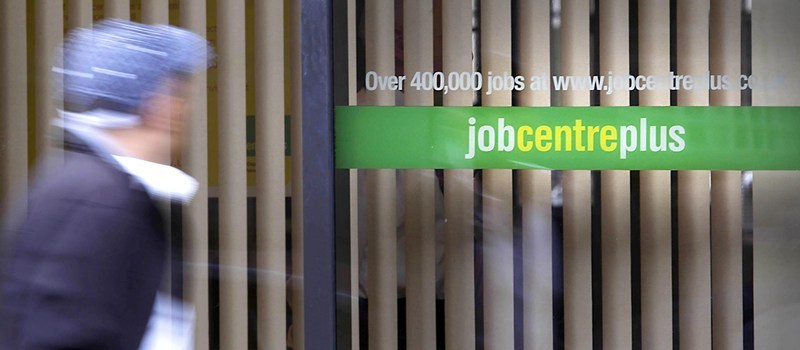There has been a dramatic spike in the number of people claiming the dole in Tayside and Fife in the last year, new official figures have shown.
There were 20,678 claiming jobseekers allowance across Dundee, Angus, Perth and Kinross and Fife in June, according to the latest area labour markets statistics.
The biggest increase came in Dundee, where 5504 people were in receipt of benefits up 15% on the year before.
That meant 5.9% of Dundee residents of working age were seeking work up from 5.1% on the previous year.
Dundee Labour MSP Jenny Marra described the figures as “worrying.”
She said, “The dignity of work cannot be overstated and I will be challenging the Scottish Government to start focusing on the issues that really matter to the people of Dundee good, decently-paid jobs.”
Dundee West SNP MSP Joe FitzPatrick said he expected the percentage of people of working age claiming benefits in Dundee to decrease in the coming months.
“When looking at increases in the rate in Dundee over the year there has been a 0.8 percentage point increase in the claimant count rate since June 2010, from 5.1% to 5.9%,” he said.
“This figure is disappointing but we do not have the balancing figures of employment in Dundee as there is a lag of roughly 10 months and the latest figures available cover the period to September 2010.”Construction spikeHe added, “However Scotland’s unemployment rate, at 7.6%, is lower than the UK rate of 7.8% and Scotland’s employment rate is higher than anywhere else in the UK.
“So it would be fair to say that as the overall number in employment has increased in Scotland, Dundee’s figures are likely to reflect this increase, which we will see in due course.”
Dundee City East MSP Shona Robison added, “Construction jobs increased by 11.6% in Scotland in the year to March compared to a 0.2% fall across the UK.
“Dundee City Council and the Scottish Government are bringing forward projects such as a £4m advance payment to allow the V&A construction to start a year early, and to build the new Olympia centre which is presently ongoing.
“We are also funding new schools, supporting companies like Michelin to expand and protect existing jobs elsewhere and investing in creating jobs in new sectors such as renewable energy.”
Meanwhile, Angus had a claimant count of 2218, up 8% on the previous 12 months.
Fife had 10,762 claiming benefits, a 9% rise on the previous year.’Considerable variation’Perth and Kinross registered 2194 benefit claimants in June, up 11% on 2010.
There were 2510 “long-term” benefit claimants, defined as someone claiming continuously for 12 months or more, across Tayside and Fife.
Dundee had 700, Angus 240, Fife 1400 and Perth and Kinross 170.
The Annual Population Survey, published on Wednesday, showed employment in Scotland fell from 73.5% in 2008 to 71% in 2010.
The survey found “considerable variation” in employment rates across Scotland’s local authorities, with 62.1% of Glasgow city’s eligible population in work in 2010 compared with 85.6% in the Shetland Islands.
The unemployment rate in most council areas increased in 2010, varying from a rate of 11.9% in North Ayrshire to 3.4% in the Orkney Islands, compared with an overall unemployment rate of 7.7% in Scotland.
The employment rate for 16 to 24-year-olds was 55.6% last year.
